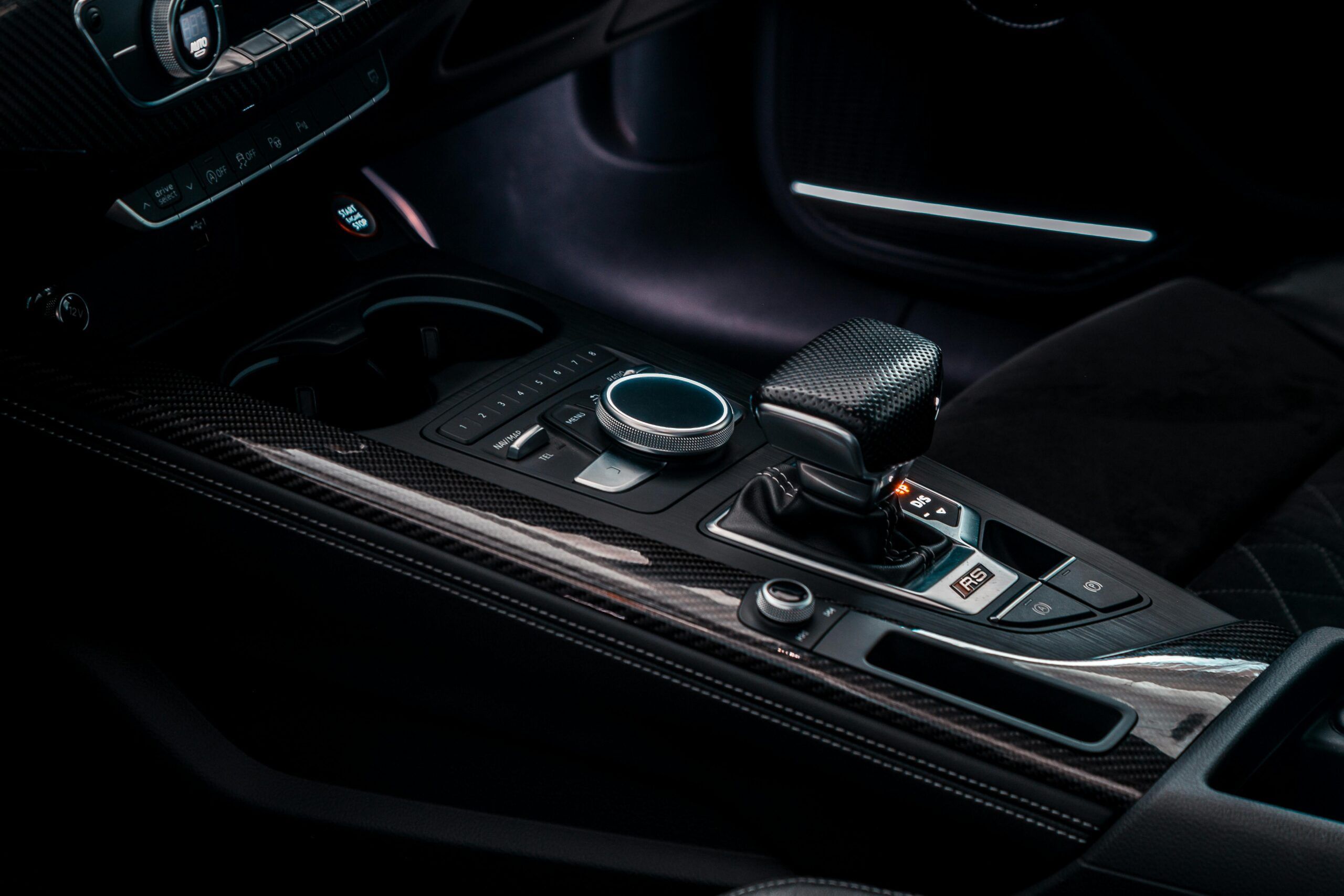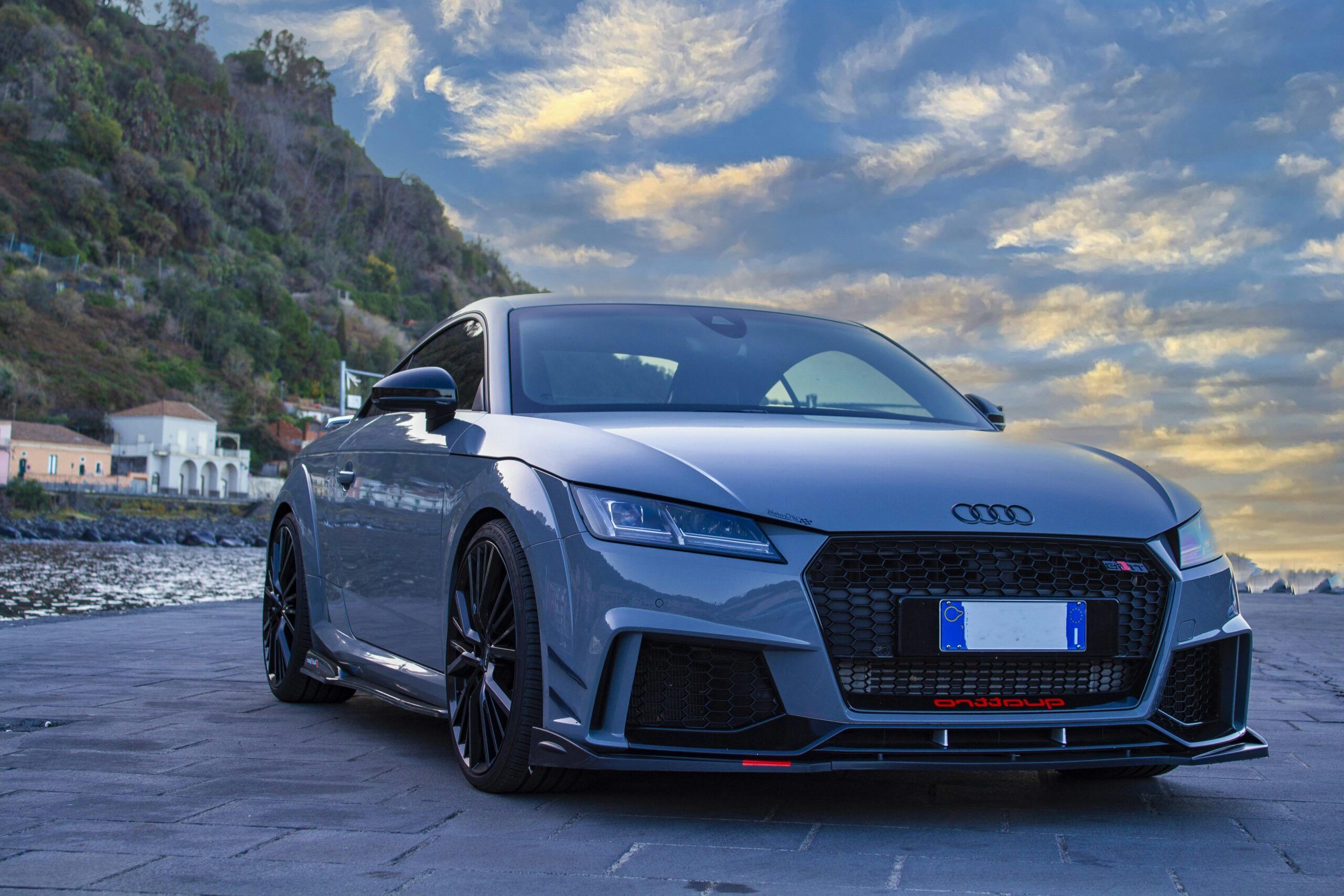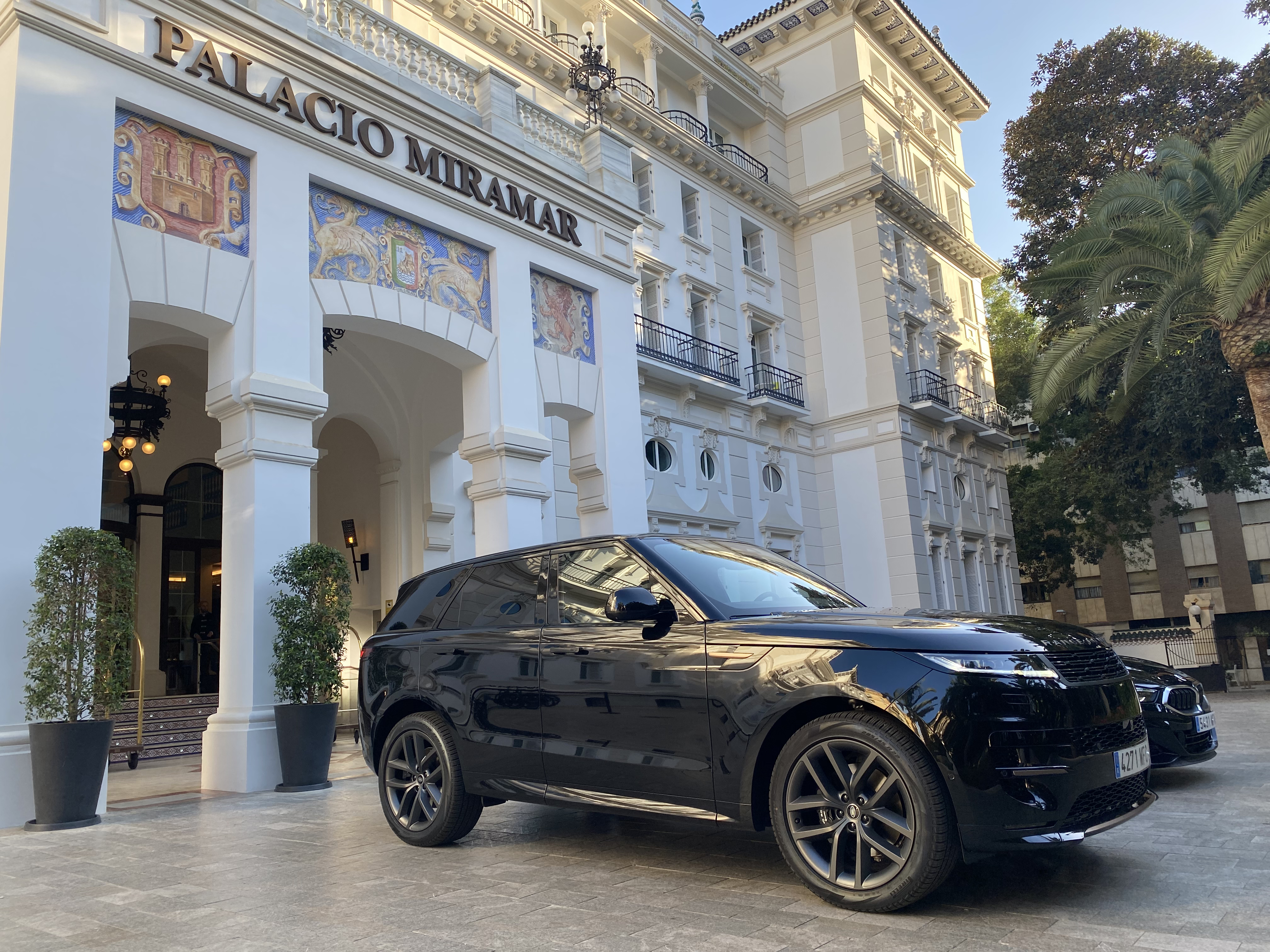Introduction
If you’re planning an upscale adventure, choosing to rent a luxury car in Europe can elevate your journey to an entirely new level. From winding coastal roads to majestic Alpine routes, driving a premium vehicle is not just transportation—it’s part of the experience.
Whether you’re traveling for business, leisure, or a special event, understanding the process, requirements, and best practices is essential. In this guide, we’ll walk you through everything you need to know to make the most of your luxury car rental across the continent.
Why you should rent a luxury car in Europe
First of all, renting a luxury car gives you access to a blend of performance, design, and technology that ordinary vehicles simply can’t match. Whether it’s a Ferrari, a Bentley, or a Porsche, you’ll enjoy features like advanced suspension systems, high-end sound setups, and premium interiors.
Moreover, Europe’s well-maintained roads and scenic routes make it one of the best regions in the world for luxury driving. Because of that, many travelers decide to rent a luxury car in Europe for anniversaries, honeymoons, or business VIP transport.
In addition, the presence of top-tier rental agencies in major cities and airports makes the entire process smooth and accessible.
Requirements: who can rent and what you need
To begin with, most companies require drivers to be at least 25 years old. Although some agencies allow younger renters, they often add hefty surcharges or restrict access to high-performance vehicles.
You’ll also need a valid driver’s license. If your license isn’t issued in the EU or isn’t in English, an International Driving Permit (IDP) is often mandatory.
Additionally, make sure to carry:
- A valid passport or national ID
- A credit card with a sufficient limit (often €3,000 or more for deposit)
- A confirmed reservation under your name
Since luxury cars carry higher insurance risks, most agencies will inspect your documents thoroughly. Therefore, always double-check the rental company’s specific requirements before arriving.

How to choose the right vehicle
Because there are dozens of models available, selecting the right car depends on your destination and personal preferences.
- For coastal drives in places like the French Riviera or Amalfi Coast, a convertible offers freedom and style.
- For alpine roads or countryside trips, an SUV such as a Lamborghini Urus provides both power and comfort.
- For city tours, a sporty compact like the Audi RS5 blends agility with elegance.
Above all, be realistic about your driving route. For example, narrow historic streets in old European towns may not be ideal for wide sports cars.

Booking tips: when to reserve
To secure the best model and rate, always book your car well in advance—especially during peak travel seasons like summer and public holidays. Since demand for premium models is high, last-minute bookings often come with limited availability and higher prices.
If you plan to rent a luxury car in Europe, aim to reserve at least a few weeks ahead. This not only ensures a wider selection but also gives you time to compare options, verify requirements, and prepare the necessary documents.
Early booking also allows you to take advantage of promotions or bundled services that may not be available closer to your travel date.
Understanding insurance options
Even though basic insurance is often included, it’s crucial to know your coverage level. Since the repair costs for luxury vehicles are high, additional protection is usually a wise investment.
Consider the following types:
- Collision damage waiver (CDW): covers repairs if the car is damaged
- Theft protection: protects you from liability in case the car is stolen
- Third-party liability: covers damage or injury to others
Rather than relying solely on your credit card insurance, verify the policy terms and exclusions. Some credit cards don’t cover high-end vehicles or only offer limited benefits.
At the rental office: pickup procedures
Once at the rental location, be prepared for a thorough inspection process. Before signing any papers, walk around the car with the agent and take photos or videos of every detail—scratches, dings, tires, and fuel level.
Next, confirm:
- Mileage noted is accurate
- Fuel policy (usually full-to-full)
- GPS, air conditioning, and other features work correctly
Although the agency will have its own documentation, having your own proof adds a layer of protection in case of disputes later on.
Driving in Europe: key rules and etiquette
Because each country in Europe has its own traffic laws, familiarize yourself with the local regulations before driving.
For example:
- In Germany, some Autobahn sections have no speed limits—but only for certain vehicle classes.
- In France, using radar detection apps is illegal.
- In Italy, Zona a Traffico Limitato (ZTL) areas are off-limits without a permit.
Also, parking zones, toll road systems, and fuel types vary between regions. Instead of making assumptions, ask your rental agency for a printed guide or app recommendations tailored to your route.

Fuel types and refueling
Luxury vehicles often require premium fuel—typically 98 octane. Using a lower-grade fuel can damage the engine and void your contract.
Moreover, check whether your rental is petrol or diesel-powered. Since misfueling is considered user error, you’d be responsible for the cost of repairs.
Before returning the car, fill it up as per the fuel policy. If not, you could be charged inflated refueling fees.
Returning the car: best practices
When your rental period ends, return the car on time and in the same condition. Arriving late may incur additional charges, so allow buffer time, especially if you’re returning it to an airport location.
Once again, document the car’s condition with photos and ask for a copy of the final inspection report.
After you rent a luxury car in Europe, the return process is the final step to ensure the experience ends as smoothly as it began.
Expert tips to maximize your experience
Here are a few more tips to make your luxury car rental truly exceptional:
- Avoid one-way rentals unless necessary—they come with steep drop-off fees
- Use valet parking when available to reduce the risk of dents or scratches
- Download offline maps for rural or mountainous areas with weak signal
- Keep toll money handy, especially in countries like Portugal and Spain
- Choose hotels with private garages for overnight security
Since premium cars attract attention, always park in secure, well-lit areas.
Final thoughts
In conclusion, deciding to rent a luxury car in Europe is not just about driving—it’s about curating an unforgettable travel experience. From paperwork to vehicle selection and legal considerations, planning ahead makes all the difference.
Because the process involves unique requirements and higher stakes, being informed is the key to avoiding surprises and enjoying the road in style.
Whether you’re exploring Tuscany in a Maserati or heading to Monaco in a Rolls Royce, one thing is clear: luxury travel starts with the right car—and now, you know exactly how to get it.


